Biography
The architect, designer, painter and theoretician Henry Clement van de Velde was born in Antwerp in 1863 as second-youngest son of a pharmacist. Fine art had been his first and foremost interest and thus he enrolled at the Academy of Fine Arts in his hometown in 1882. Over the course of the years, he developed a lively interest in the modern British Arts & Crafts movement, that adopted influences from Japan. He knew only moderate success as a painter and began to engage in the crafts. As early as 1892 did he produce his first designs.
Van de Velde’s revolutionary design needed several attempts until it became a huge success. Thereby the acquaintance with German art critic Julius Meier-Grafe, who wrote for several important magazines in France, Belgium and Germany, helped very much. Meier-Grafe covered designs by van de Velde very often and expressed approval. Equally Samuel Bing, in whose ‚Galerie Art Nouveau’ in Paris van de Velde’s first exhibitions were held. In Germany, his popularity grew so much that van de Velde decided to move to Weimar and to work there. He lived in Weimar with only short intermezzos until the outbreak of the first World War. In 1907, he founded the Kunstgewerbeschule that was remodeled to the ‚Bauhaus’ when Walter Gropius took over in 1919.
One of van de Velde’s earliest Gesamtkunstwerke was his own residence: After he had married wealthy Maria Sèthe he got the possibility to design and furnish his first own house in Uccle near Brussels. Without having any special previous knowledge, he drew construction plans and designs for the better part of the furniture. In 1896 ‚Bloemenwerf’ house was ready for occupancy. Due to its unusual appearance, the building in the outskirts of Brussels became famous very fast. Resonance was not always friendly. Mostly, passers-by or visitors reacted with hilarity or even derision. Nevertheless – or rather in spite, soon many international artists went in and out.
Henry van de Velde’s earliest designs strive to be functional or, in his own words, ‚reasonable’.
Objects by Henry van de Velde
-

-
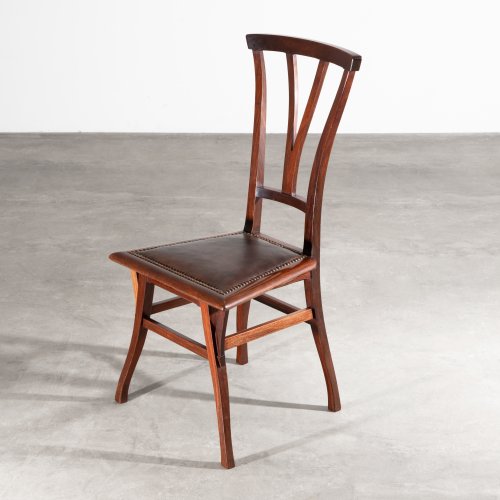
-
Sold
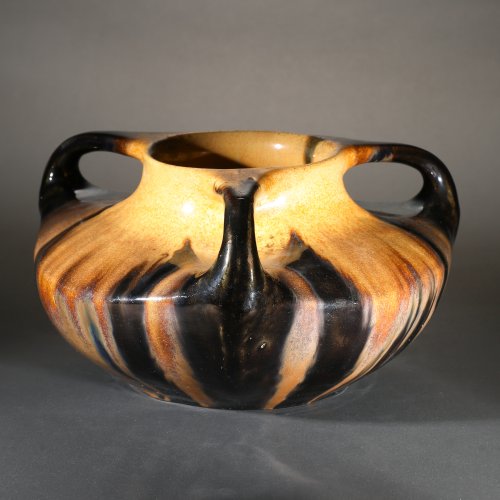
-
Sold
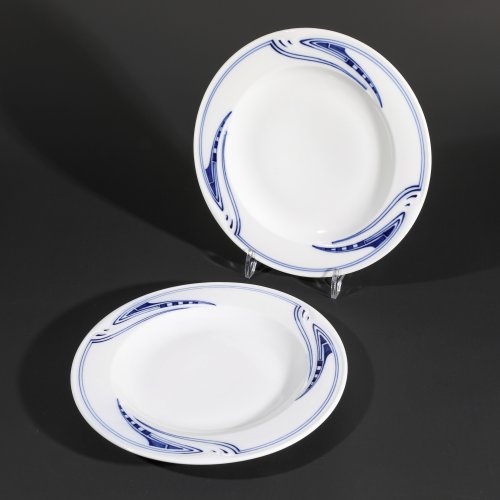
-
Sold
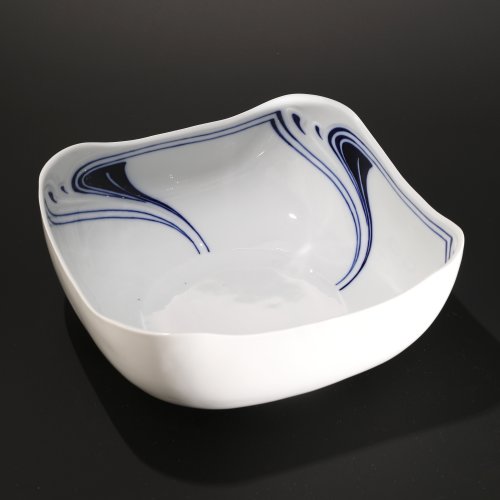
-
Sold
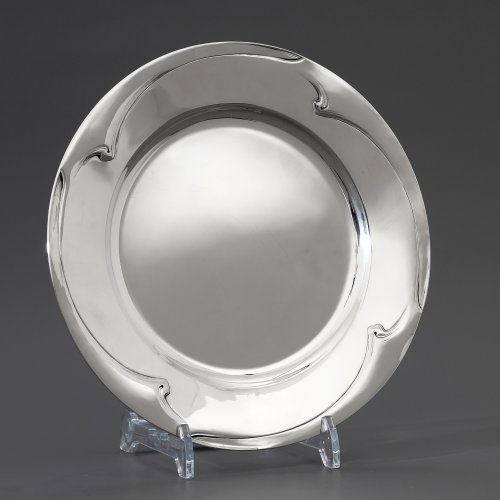
Henry van de Velde Koch & Bergfeld, Bremen, Müller, Theodor, Weimar
Place plate, 1902/1903
Hammer Price: 23,000 €
-
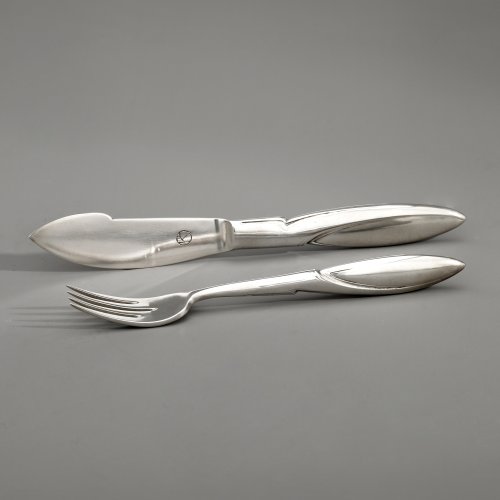
Henry van de Velde Koch & Bergfeld, Bremen
Fish knife and fish fork, 1905/1906
Estimate: 10,000 € - 14,000 €
Unsold lot
